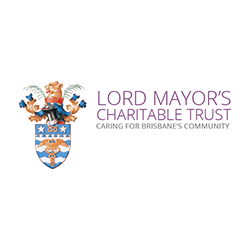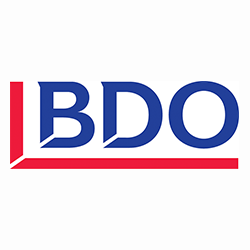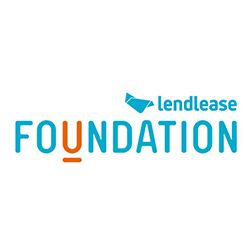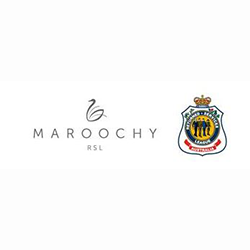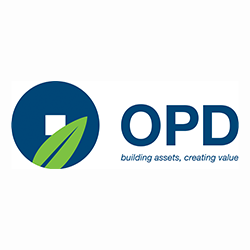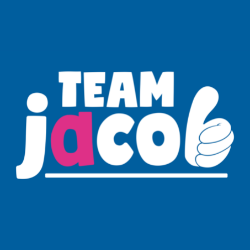
Toilet training is an essential part of any child’s development and can bring a life-changing new level of independence for both the child and caregivers. Most parents recognise the importance of using consistent and collaborative strategies to ensure a more positive and successful toilet training experience for their child. But how exactly do you put that approach into action? To help, we’ve come up with some points to consider when preparing for toilet training. It’s also important to remember you’re not in this alone. Your child’s team at AEIOU will provide guidance and support every step of the way.
Look out for signs your child is ready for toilet training
- Awareness they are wet or have soiled their nappy
- They have regular formed bowel movements
- Shows signs of bladder control (their nappy may be dry when you change or check it after 30 minutes-1 hour)
- Follow simple routine instructions (i.e. sit on the toilet)
- Assist with pulling their pants up and down when changing
Prepare your child for toilet training
It is important to consider that toilet training is the sum of a series of smaller goals and that the mastery of each step should be celebrated. The first goal your child will master is becoming familiar with the toilet (i.e. to follow the instruction to go to the toilet, to sit on the toilet, what the toilet is used for and how to use it). This will help to familiarise them with the toilet and give them an opportunity to be successful and receive reinforcement in the bathroom environment.
Avoid toilet training when a big change may be coming up in your child’s life
If you anticipate a big change in your child’s life (i.e. moving house or starting daycare), it will be beneficial to wait until they are settled into a regular routine before starting toilet training. The beginning of the toilet training process relies heavily on consistency and can affect your child’s progress when this routine is disrupted.
Once you have begun toilet training, avoid putting your child back in nappies
‘Accidents’ can be messy and a great cause of concern for parents and families of children who are toilet training. However, these accidents are an important part of how your child learns this skill. It is important to remember that your child is going to have the most opportunities to be successful if they are in underwear during the day. Obviously, this can make travelling in the car and going out in the community a stressful experience for parents, however, waterproof car seat protectors and underwear liners (less absorbent than nappies or pull-up training pants) can provide some relief.
Reward behaviours you want to see occur again
Provide items that are highly desirable that can be quickly and easily given to your child to reinforce that this is the behaviour you wish to see again in the future. Reinforcement is an integral part of how we teach toilet training to children at AEIOU. When you reinforce a particular behaviour, in this case urinating on the toilet, you increase the frequency of your child engaging in this behaviour again.
Reinforcement includes:
- Social praise – ‘Oliver, great job sitting on the toilet’
- A highly preferred activity – playtime with rocket ships
- A favourite food or treat
A final note
At AEIOU, we implement an intensive toilet training program that is supported by an extensive evidence base. We use a transdisciplinary approach, meaning our toileting program is collaboratively implemented by our Occupational Therapists, Behaviour Therapists and Speech Pathologists.
To learn more about toilet training your child, please come along to one of our upcoming parent workshops: http://aeiou.org.au/workshops
About the author:
Paige Archard is a qualified Occupational Therapist and Program Coordinator with AEIOU Foundation. She joined the therapy team in 2014 after completing her Bachelor studies at the University of Queensland and is currently completing her Master of Education in Applied Behaviour Analysis.





